The United States is now applying 104% import tariffs against goods imported from China, that will eventually make all Apple hardware dramatically more expensive.
Following Trump's implementation of a 34% tariff of imports from China into the United States and China's reciprocal tariff response, Trump threatened a 50% extension unless China backed down. On Wednesday, the threat was implemented.
White House officials confirmed on Tuesday that a total 104% tariff on China would be implemented starting at 12:01am ET, 12:01pm China Standard Time, on Wednesday. The 104% figure is a combination of an existing 20% tariff, the 34% new tariff, and the 50% penalty for China pushing back with its own reciprocal tariffs on goods imported from the US.
During Tuesday's press conference, White House press secretary Karoline Leavitt insisted that Trump believed China wants to make a deal with the United States.
Before the Tuesday meeting with the media, China insisted that it would do no such thing, reports The Guardian. The country's commerce ministry said the threat of an extra 50% tariff was a "mistake on top of a mistake." and that it certainly would take countermeasures in the future.
China would fight "to the end" if the U.S. continued down the high tariff pathway, the ministry added.
A tariff timeline
Trump introduced the tariffs on April 2, on what he called "Liberation Day," introducing tariffs applying against the vast majority of countries around the world. This included tariffs of 20% against the European Union, as well as the 34% against Chinese imports.
Within days, China retaliated with its own 34% tariff on U.S. imports. On April 4, the Chinese commerce ministry also said it would impose restrictions on exports of rare earths, used in the manufacture of batteries and other components used in technology.
At the time, China's state council tariff commission declared that the practice was not in line with international trade rules and was a "typical unilateral bullying practice."
On April 7, Trump made the threat of an additional 50% tariff on imports from China, unless it rescinded its 34% retaliatory effort by April 8. China refused.
A massive cost for Apple
The tariff will be an expensive undertaking for companies who are importing goods into the United States from China, as they will face an extra charge that significantly increases the cost of import. While not immediate in many cases, it's something that will eventually be felt by consumers as companies pass the cost down the line.
This, of course, includes Apple, which operates a considerable amount of its supply chain within China. Any imports of products, such as iPhones and iPads, or components or accessories produced in China will be subject to the tariff following its implementation.
The immediate impact to Apple has been against its stock price, which plummeted following Trump's announcements. The clawback of the share price has started, though that can take a while to fully recover.
While it would be feasible for Apple to have reduced the impact to consumers under a lesser tariff, such as by reducing its profit per device and by leaning on its suppliers, it's harder to do so with such a high tariff total.
In the short term, it is unlikely that Apple customers will be affected by the tariff, depending on the stockpile of inventory Apple has secured within U.S. borders that won't be affected by the tariff. But with panic buying, that stockpile can be exhausted quicker.
Apple can also take advantage of its production facilities outside of China to supply its U.S. business, reducing the payable tariff. However they will not necessarily have the same level of output as China supply chains.
The ultimate long-standing goal of Trump is for Apple to bring iPhone production to within U.S. borders. Given the expense and the time it takes to set up its supply chains, it may be something that Apple could eventually accomplish, but long after Trump's second term ends.
By that time, the situation regarding tariffs against China may have changed for the better. Apple may feel that playing the waiting game is the best strategy after all.
 Malcolm Owen
Malcolm Owen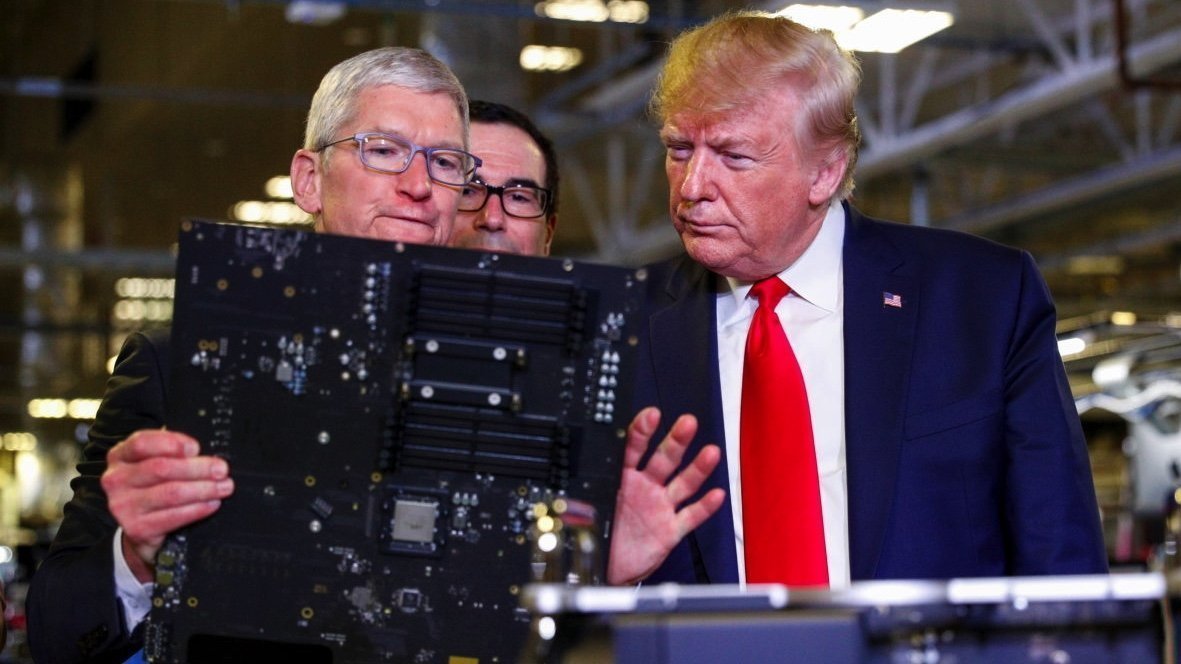
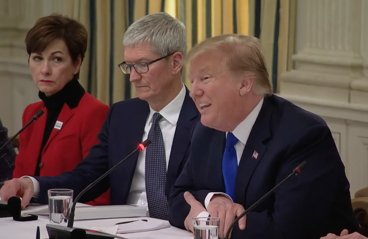
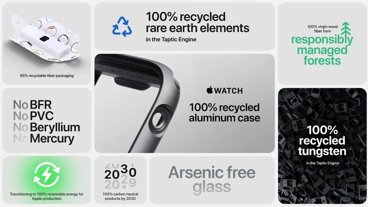
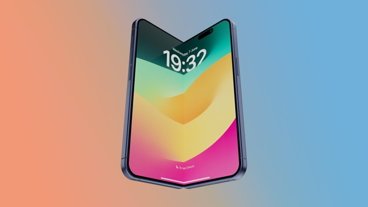

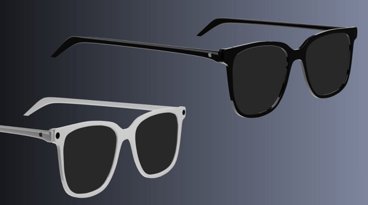

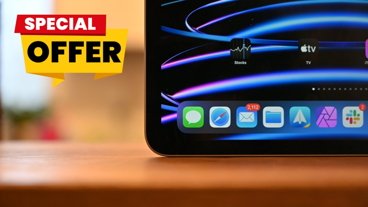
-m.jpg)
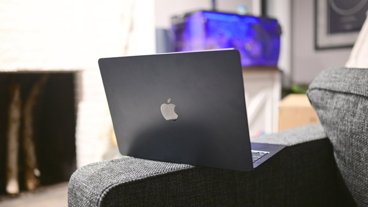
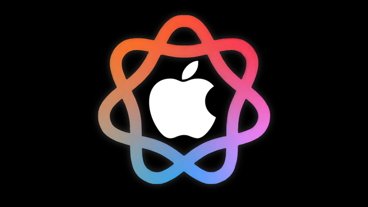





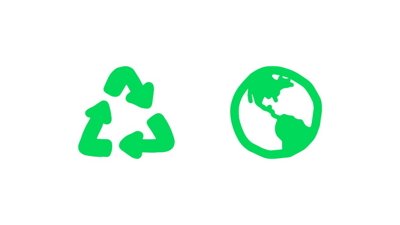
 Amber Neely
Amber Neely
 Christine McKee
Christine McKee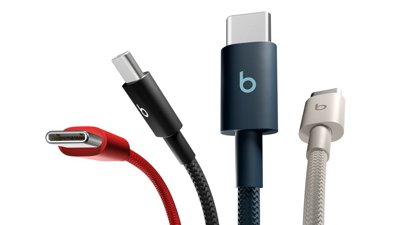
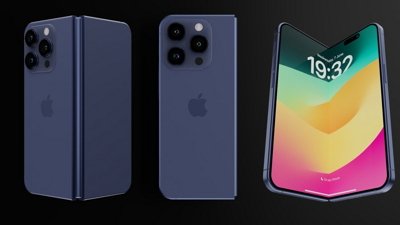
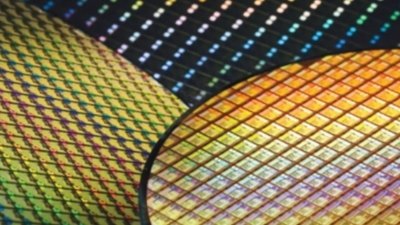
 William Gallagher
William Gallagher
 Chip Loder
Chip Loder

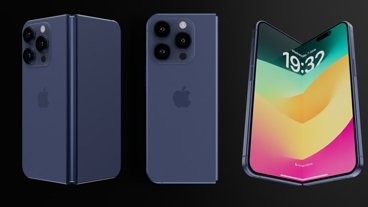
-m.jpg)

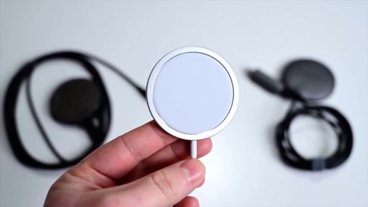
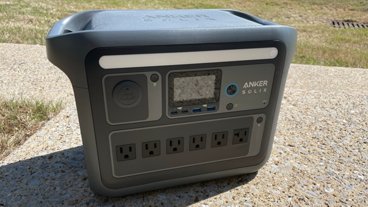

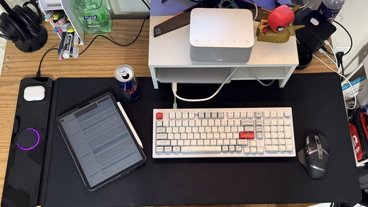

44 Comments
You voted for this buffoon, you own this. People losing their
jobs, their house, their retirement money. Innocents being deported to foreign prisons and tortured. And worse coming. You own the ruin of this once great nation. I hope you one day realize the immense depth of your stupidity.
And we had Tim Trump selling his soul to a man who only cares for himself. Throwing not only his but also Apple’s values under the bus. All for nothing.
I thought it pretty cool when my M4 MacStudio was shipped straight from Shenzhen to Orlando and then to my house 1 week ago. Now I’m left wondering what the hell Apple will do now with the tariff situation. Did the “Apple Supply Planes” have more than just iPhones on them? Yikes.
And here he is gloating to fellow Republicans last night:
“I’m telling you, these countries are calling us up kissing my ass.”
The John Wayne of politics is probably how he sees himself.
I wonder how the Chinese will take that when contemplating any possible future meeting.
https://www.smh.com.au/world/north-america/trump-s-trade-chief-admits-us-running-up-the-score-with-tariffs-on-australia-20250409-p5lqap.html
I read somewhere that Trump might be approaching a “Liz Truss” moment, but I’m not sure how that works in the US. There is no king to ask “are you still here? Oh dear, oh dear.”
perhaps it will be more like “et tu, Elon?”